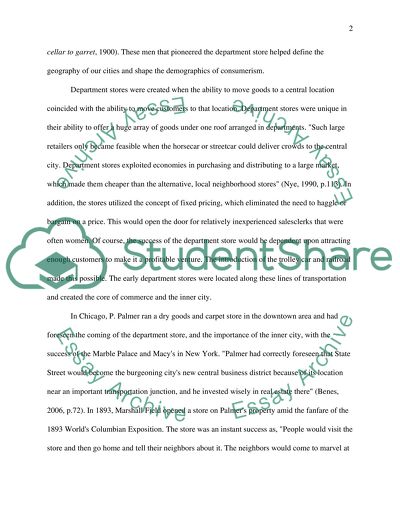Cite this document
(History of the Department Store Report Example | Topics and Well Written Essays - 2000 words, n.d.)
History of the Department Store Report Example | Topics and Well Written Essays - 2000 words. https://studentshare.org/marketing/1520574-history-of-the-department-store
History of the Department Store Report Example | Topics and Well Written Essays - 2000 words. https://studentshare.org/marketing/1520574-history-of-the-department-store
(History of the Department Store Report Example | Topics and Well Written Essays - 2000 Words)
History of the Department Store Report Example | Topics and Well Written Essays - 2000 Words. https://studentshare.org/marketing/1520574-history-of-the-department-store.
History of the Department Store Report Example | Topics and Well Written Essays - 2000 Words. https://studentshare.org/marketing/1520574-history-of-the-department-store.
“History of the Department Store Report Example | Topics and Well Written Essays - 2000 Words”. https://studentshare.org/marketing/1520574-history-of-the-department-store.


